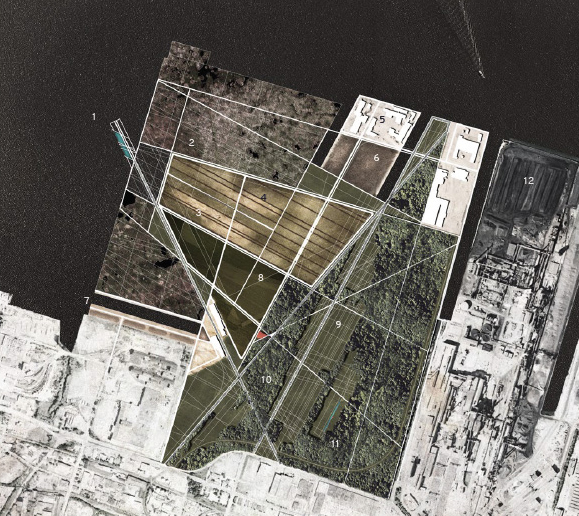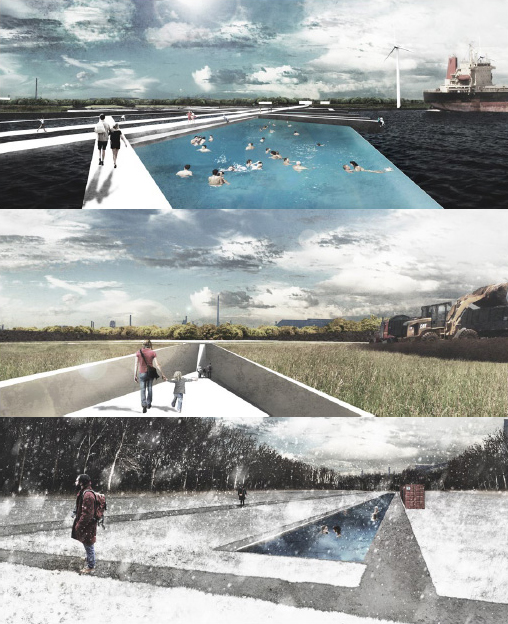MLA Thesis
After Steel: Toward an Industrial Evolution
Cities can be defined by and built upon the success of a single industry; from fishing villages on the east coast, to pulp and paper mill towns in the west, the places we live are often products of industrial success stories. However, as economies change, cities and citizens can fall victim to these economic upturns and downturns.
When a defining local industry fails, there can be complex issues that arise related to population decline, job loss and the loss of place identity. Such is the case in Hamilton, Ontario, where the collapse of the steel industry on the former Stelco site, after over 100 years of productivity, brings into question the identity of “Steeltown” after steel. The 865-acre site on Hamilton Harbour is a byproduct of a century of global consumption, localized production and decentralized material flows. The site is layered with rich local history and cultural identification, as the steel industry has played an integral role in shaping the city that exists today. Approaches to addressing similar brownfield sites around the world typically fall into two categories: that of romanticizing and memorializing the past, or that of capping and forgetting the history of the site in a form of “amnesia”, as Elizabeth Meyer describes similar practices in Large Parks.
With the end of steel production on the Stelco site comes the opportunity to rethink how we address culturally charged brownfield sites. This project seeks to commence a deconstruction of the site and a localization of material flows, establishing processes that are grounded in the realities of the site while setting up the framework for an ecologically driven industrial evolution.



